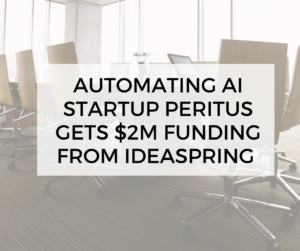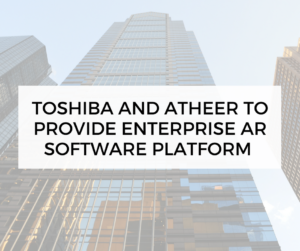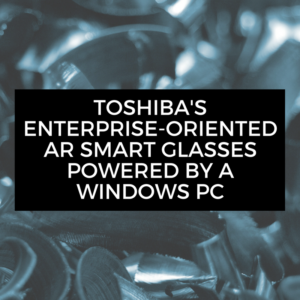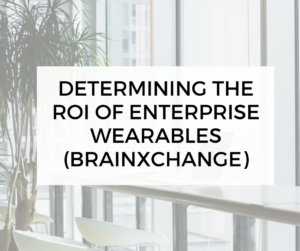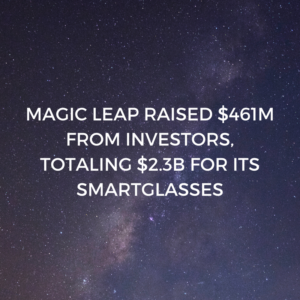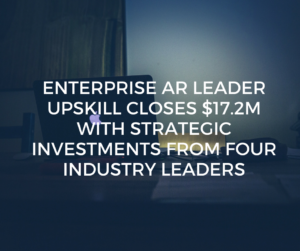Cemtrex Announces Partnership Program for its Augmented Reality WorkbenchXR tool
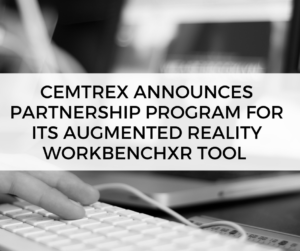
The Early Access Partnership Program is intended for those organizations who are currently considering augmented reality / virtual reality / and mixed reality (XR) solutions presently and wish to get their hands on the product as early as possible.
Participants in the Program will be able to get a head start and work closely with Cemtrex as it rolls out this cost saving and productivity improvement software tool. To join the WorkbenchXR Early Access Program please visit www.workbenchxr.com.
Cemtrex intends to charge a per headset license fee for the product, however, the earliest adopters will receive VIP pricing. The application will be available this summer but Early Access participants will get priority access.
WorkbenchXR is intended to help assembly workers in manufacturing environments utilize both VR and AR headsets as well as connected “smart tools” to assemble products faster, reduce errors, and improve the quality assurance process. The application helps workers assemble products using custom designed work flows created by the team in an easy and agile manner.
WorkbenchXR can be utilized for all manufacturing industries where various parts are being assembled including aerospace, measurement, automotive, machinery, electronics, and many others. Additionally, the software tool can be used in distribution environments where object and marker tracking can be utilized to improve the efficiency and accuracy of tracking packages and equipment.
More can be read on GlobeNewsWire.
